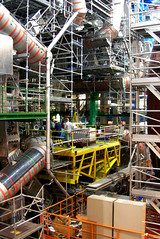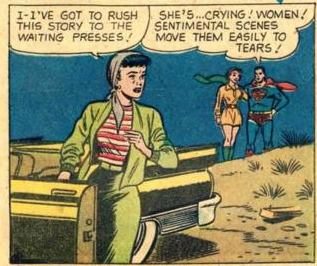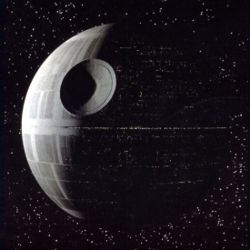 |
| Omni magazine predicted the future, or did it? |
Omni was a strange combination of a science magazine and a science fiction journal that published from 1978 to 1996. It specialized in "gonzo" science journalism, as well as publishing cutting-edge sci-fi.
In 1980, the editors published The Omni Future Almanac, which aimed to predict the trends of the next 30 years or so. Some predictions, they got pretty close on -- I plan to look at their views on e-mail and the Internet later. Some predictions were not so good -- the geo-political ones, for example (who saw that darn Berlin Wall falling within the next ten years?).
One area that Omni tried to predict was consumer costs. As the chart below shows, and remember that these predictions were made during the stagflation of the late Carter Administration, they were not so accurate about 2010 prices:
| From Omni predicts 2010 prices |
Wow! Obviously the rate of inflation has gone down. My local Safeway wants $1.49 (club card price) for a head of iceberg lettuce, not $5. The most-recent Big Mac index I could find shows the sandwich goes for about $4.07 in the United States, making $22 for a pound of ground beef seem high. The average monthly rent for a three-bedroom apartment in the San Francisco market is $2,662, not $10,000 (although a million dollars for a home purchase is close!). Current New York MTA subway fare is $2.25, not $20. The average US car sold for $28,000 in 2009, not $70,000. $2.75 for a daily newspaper? What's a newspaper?
The price of gas mark is interesting. Omni thought that better fuel efficiency in cars would drive down demand and greater drilling in Alaska and elsewhere would increase supplies, making the costs of fuel DROP significantly after 1990 to about $2 per gallon in 2010. The average price of gas in California right now is $3.84 per gallon. Interesting to see how geopolitics (and SUVs) affected gas price predictions.
To be fair, Omni also predicted that secretaries would now be making $95,000 a year and the average public high school teacher would pull in $110,000, over-estimating current rates in both cases. Of course, Omni also said a Major League Baseball player with "average skills" would make $330,000 per year. In 2010, the mean salary for a MLB player was about $3.3 million!
So the next time you see an economist predict the rate of inflation, take it with a grain of salt.


























